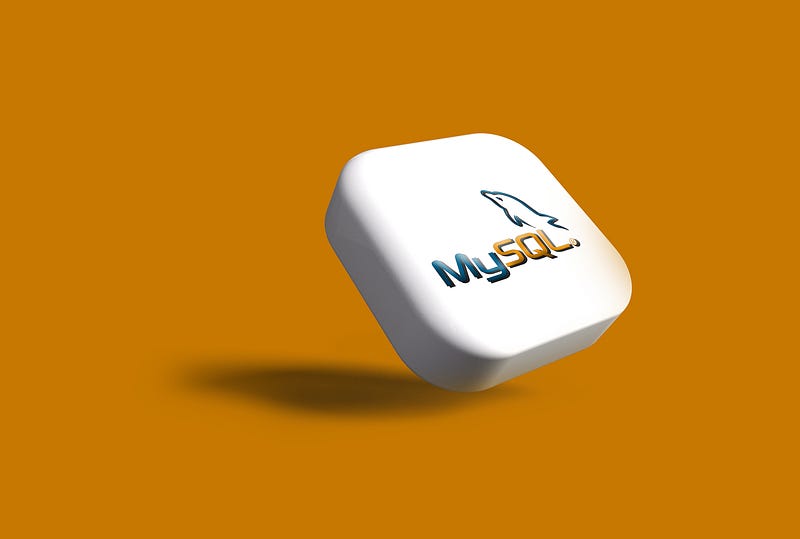A Beginner’s Guide to MySQL: Setting Up Your First Database and User
Navigate the essentials of MySQL with ease, and kickstart your journey in database management with this easy-to-follow tutorial.

Introduction:
In the realm of database management, MySQL stands as one of the most popular and widely used open-source database platforms. With its flexibility, power, and community support, MySQL is the go-to solution for millions of developers, businesses, and hobbyists worldwide. This post is your ultimate guide to creating a new database and user in MySQL, ensuring that you step into the world of database management with confidence and the right set of skills.
Step 1: Install MySQL
Before you can create a database, you need to have MySQL installed on your machine. You can download it from the official MySQL website. There are versions available for various operating systems, including Windows, MacOS, and Linux.
Step 2: Access MySQL Terminal
Open your terminal or command prompt. If you are using Linux, you can simply type mysql —u root pand then enter the root password when prompted. Windows users can access MySQL through MySQL Command Line Client.
Step 3: Create a New Database
Creating a new database is as simple as executing a single command. Here’s the basic syntax:
CREATE DATABASE yourdatabasename;
Replace “yourdatabasename” with the name you want to assign to your new database. For instance:
CREATE DATABASE myfirstdb;
Step 4: Create a New User
Now, let’s create a new user who will have access to this database. Execute the following command:
CREATE USER 'username'@'localhost' IDENTIFIED BY 'password';
Replace “username” with your chosen username and “password” with a secure password.
Step 5: Grant Permissions
To give the new user access to the newly created database, use the GRANT command as follows:
GRANT ALL PRIVILEGES ON yourdatabasename.* TO 'username'@'localhost';
Don’t forget to replace “yourdatabasename” and “username” with your actual database name and username.
Step 6: Flush Privileges
Every time you update or change a permission, it’s a good practice to reload all the privileges with the flush privileges command:
FLUSH PRIVILEGES;
Step 7: Test Your New Database and User
Now that you’ve created your new database and user, it’s time to test them to ensure they’re working as expected. Log out from the MySQL terminal by typing exitlog back in with the new user:
mysql -u username -p
Try accessing the new database with:
USE yourdatabasename;
If everything was set up correctly, you should have no issues accessing the database with your new user.
Conclusion
Congratulations! You’ve successfully created a new database and user in MySQL. This foundational knowledge paves the way for more advanced database management and optimization techniques.
Liked this article? Don’t forget to clap, comment, and share to help others find it! For more tech tips and step-by-step guides, follow me right here on Medium.
#MySQL #Database #DataManagement #WebDevelopment #Coding #Programming
Need Help With Your Laravel Project?
I specialize in building custom Laravel applications, process automation, and SaaS development. Whether you need to eliminate repetitive tasks or build something from scratch, let's discuss your project.
⚡ Currently available for 2-3 new projects

About Hafiz Riaz
Full Stack Developer from Turin, Italy. I build web applications with Laravel and Vue.js, and automate business processes. Creator of ReplyGenius, StudyLab, and other SaaS products.
View Portfolio →Get web development tips via email
Join 50+ developers • No spam • Unsubscribe anytime
Related Articles

10 Free AI Tools Every Developer Should Harness in 2023
Elevate Your Coding Game Without Breaking The Bank

Why Coding is Not Enough Anymore in the Tech Landscape
Evolving from a coder to a holistic software developer in a multifaceted tech ec...

Cracking the Code: Coding vs Programming vs Scripting Demystified
Unraveling the subtle nuances that define the core of software development